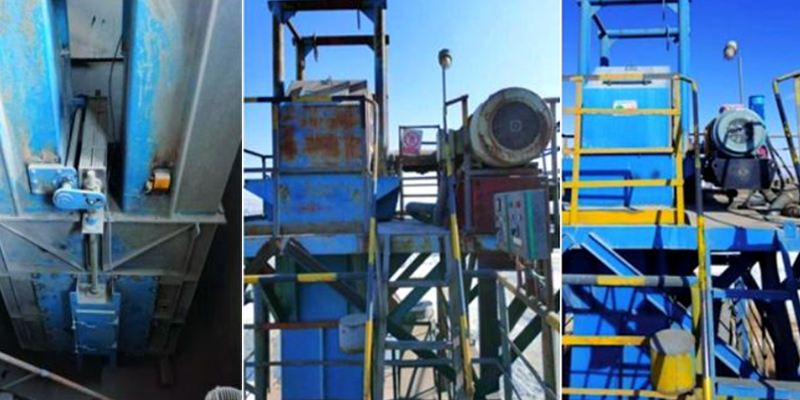A common issue that can disrupt your operations is belt conveyor misalignment. This problem reduces efficiency and can cause premature wear. Understanding the root causes is the first step to a solution. Here are the main reasons why a conveyor belt might run off track.

Main Causes of Belt Misalignment
-
Rollers have different diameters. The drive or tail rollers might have slightly different diameters on each end. This is rare in well-made systems but can happen.
-
Rollers are not parallel. The drive roller and tail roller may not be installed parallel to each other. This often happens after maintenance or incorrect adjustment.
-
Roller axes are not perpendicular. The centerlines of the rollers may not be at a right angle to the frame’s centerline.
-
Idlers are misaligned. The idler rollers might be installed incorrectly or have manufacturing defects.
-
Material is loaded off-center. The material may not be loaded onto the center of the belt. This is common when space is limited.
-
The belt has a bad splice or is worn. An incorrect splice or uneven wear can make the belt run to one side.
-
The frame is misaligned. The entire conveyor structure might be crooked.
How to Prevent and Fix Misalignment
-
Use self-aligning idlers. If the misalignment is small, install self-aligning idlers in the problem area. They can automatically correct the belt’s path.
-
Install guide rollers. If the belt always drifts to one side, add several guide rollers on that side. They will push the belt back into place.
-
Adjust the tension. If the belt drifts unpredictably, it might be too loose. Tightening the belt slightly can solve the problem.
-
Align the rollers. If the belt slips on a roller, check the roller. Make sure it is level, installed correctly, and does not move sideways. Adjust it if needed.
-
Correct the belt splice. If the worst misalignment is at the splice, re-splice the belt. Ensure the new splice is perfectly straight across the belt.
-
Adjust the loading point. If misalignment only happens under load, check the feeder. Change the material’s landing point and flow to center it on the belt.
-
Straighten the frame. For severe and constant misalignment, the frame itself may be bent. You must adjust the frame to be level and straight to fix the problem.




